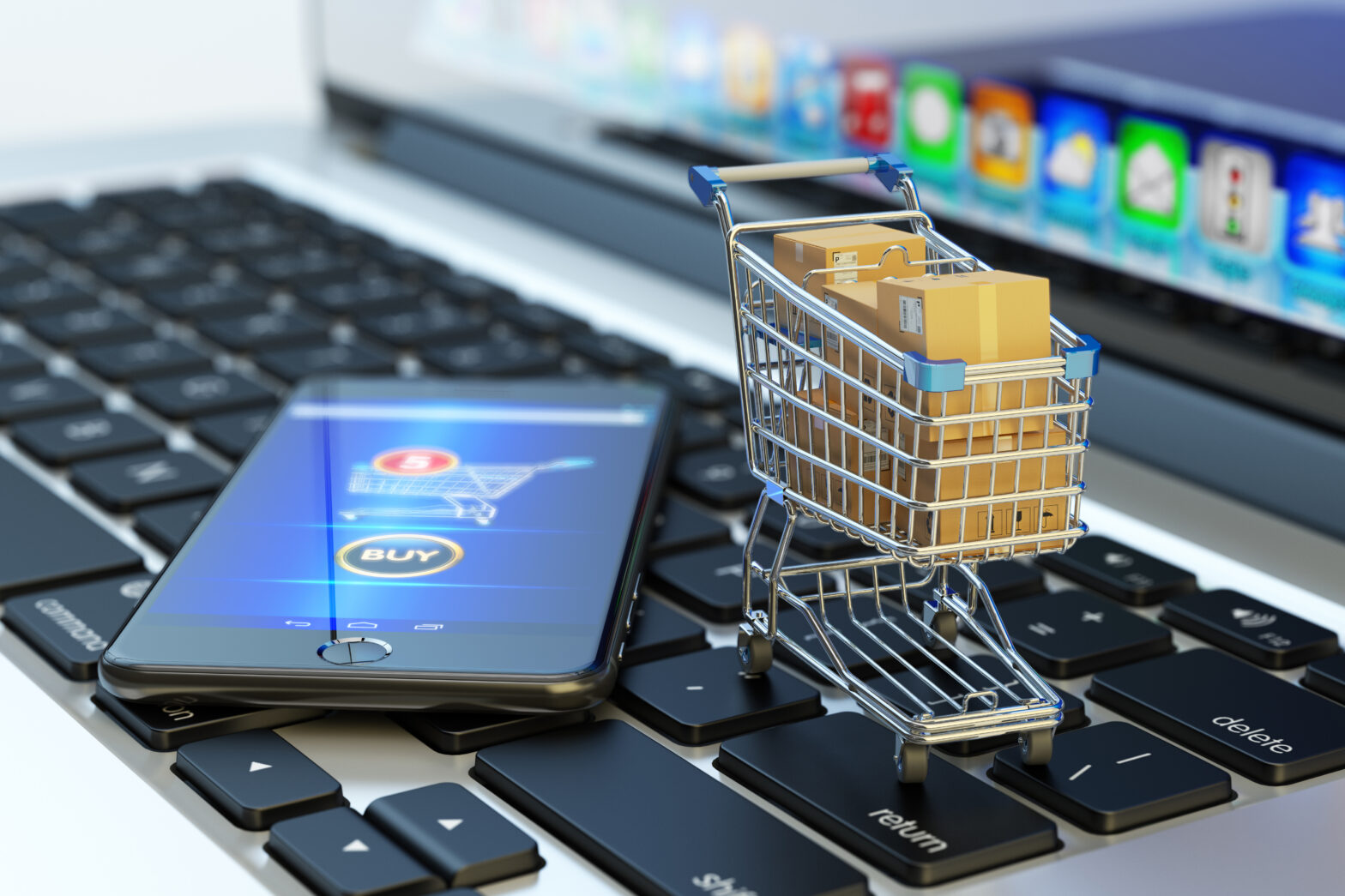As the march of the internet economy gathers pace, it’s all too easy to forget that e-commerce still only accounts for a tiny fraction of overall retail sales today. The reality is that even in that most mature and innovative of markets, the US, where total retail sales are predicted to touch $5 trillion in value in 2016, retail e-commerce only accounted for 7.1 per cent of all retail sales last year, (and will only rise to 9.8 per cent by 2019, according to eMarketer).
But that doesn’t mean that digital isn’t playing an ever-expanding role in retail. Far from it. With smartphone penetration set to reach 70 per cent of the global population by 2020 (and it’s already at 88 per cent in South Korea, 77 per cent in Australia and 72 per cent in the US), retail’s real revolution is actually taking place in what I term ‘info-commerce’ – namely, the way digital communications, particularly via smartphone, influence which bricks and mortar shops customers choose to visit, what specific products they purchase and how they navigate the stores when they get there. In other words mobile has far greater value to retailers as a ‘drive to store’ and ‘guide in store’ medium, than as a sales channel.
The influence of digital
According to Deloitte, 64 per cent of offline sales are influenced by digital today, with this figure expected to soar to 90 per cent by 2020 – by which stage, the differences between on and offline will have melted away altogether. Geo-location and personalisation, for example, are already enabling retailers to equip customers with timely, relevant and tailored information to enhance the way they shop, according to their personal priorities. Some people will respond to price cuts and great deals; others to offers on favourite brands. For people who are short of time, meanwhile, it may be the opportunity to breeze in and out of a store quickly.
But info-commerce isn’t simply about driving people in-store. I’ve been working in the digital industry for 20 years, and back in the early 2000s, there was a widely-accepted vision of what digital shopping would be in the future – and it involved people at home with their laptops, shopping for almost everything online, resulting in the slow but certain death of physical stores. The reality has turned out to be rather different. Today people are connected primarily by smartphone, which – crucially – means they are also connected in-store.
As a consequence of this mass market in-store browsing, a successful mobile strategy for retailers cannot be one that stops as soon as customers come through the door. As mobile internet penetration pushes inexorably upwards, retailers need to keep front of mind that they can either grasp the opportunity of using that medium to shape their experience, and help them browse and navigate the aisles, or risk losing control of customers’ critical last mile prior to purchase.
And this is just the start of the era of info-commerce. Over the next five years, we will see significant progress in three main areas: measurability, personalisation and ‘store transparency’.
Tracking customer footfall
Enhanced measurability in tracking customers’ footfall in physical stores will help retailers both target advertising much more effectively – while also making it more accountable – and clarify the last mile of the customer journey. Meanwhile, precision in assessing customers’ location will be perfected through a mixture of sources such as WiFi, Bluetooth, GPS, RFID, and mobile operator infrastructure. Using smart data about shoppers’ behaviour will also help personalise and contextualise promotions, as well as the flow of information. Any single act of purchase occurs at the intersection between price, brand, timing, and customer profile — and leveraging this uniqueness through data is the key to far greater efficacy and efficiency in driving people to store.
We will also venture much further in the direction of what I like to call ‘store transparency’. In other words, the variety and richness of information physical stores make available to customers outside of their walls will grow to the extent where consumers can seamlessly move from discovery to checkout, shifting continuously between their device(s) and the physical store.
The big pay-off for retailers in all this is, of course, that by understanding what exactly is piquing their customers’ interest, and prompting them to make the journey in-store – and tracking what they do when they get there – they can keep honing the way they tailor information. Improved targeting, in turn, leads to better margins. Not so long ago the demise of bricks and mortar stores was widely predicted; shops would be shuttered and high streets would become ghost towns. Yet today info-commerce is not only offering retailers new ways to drive value, but a new lease of life too.
Stefano Portu is CEO and co-founder of the ShopFully Group.





